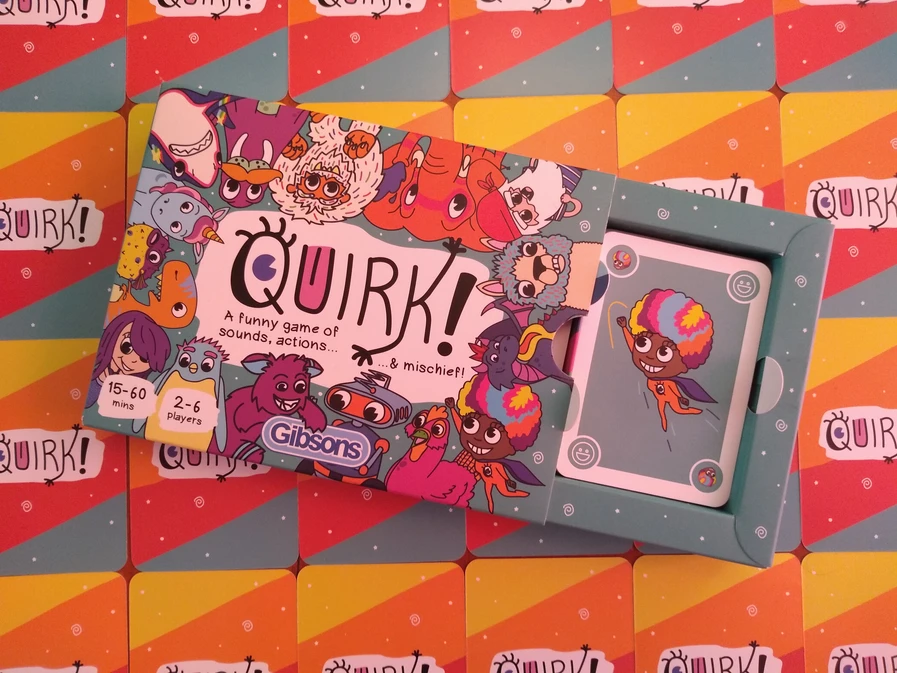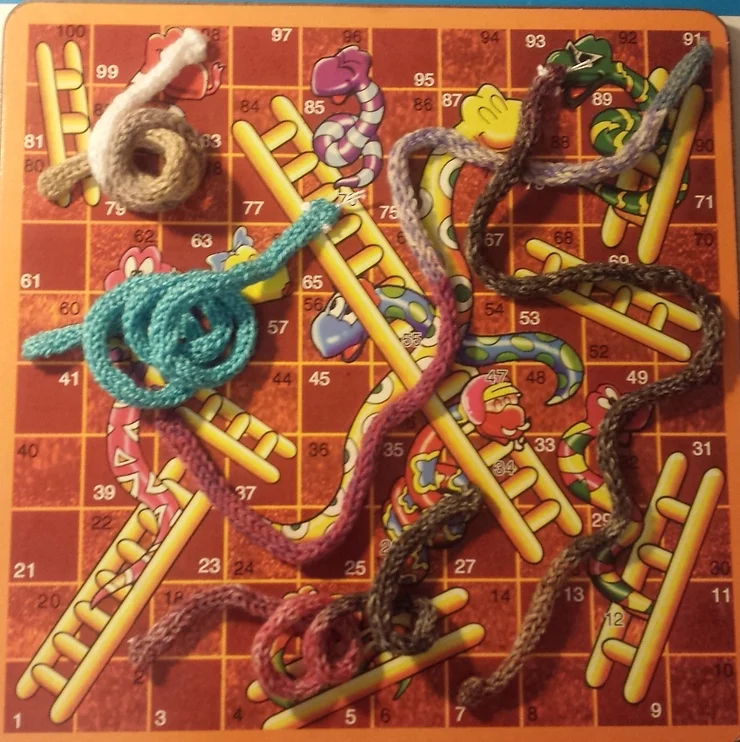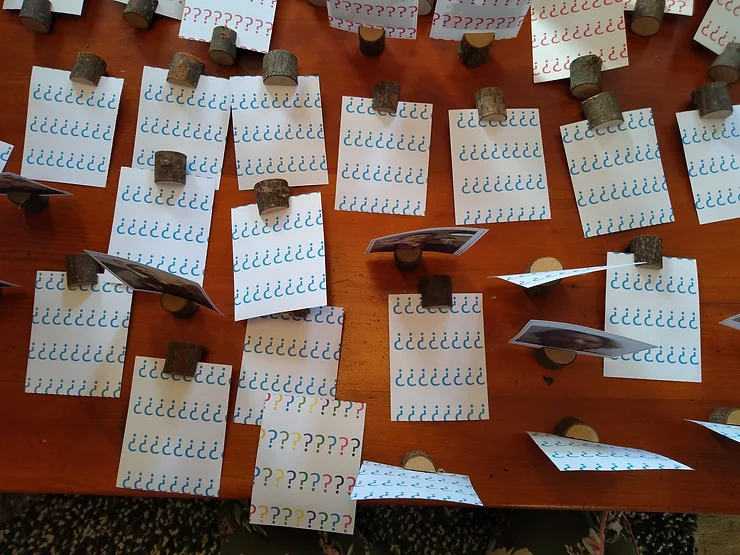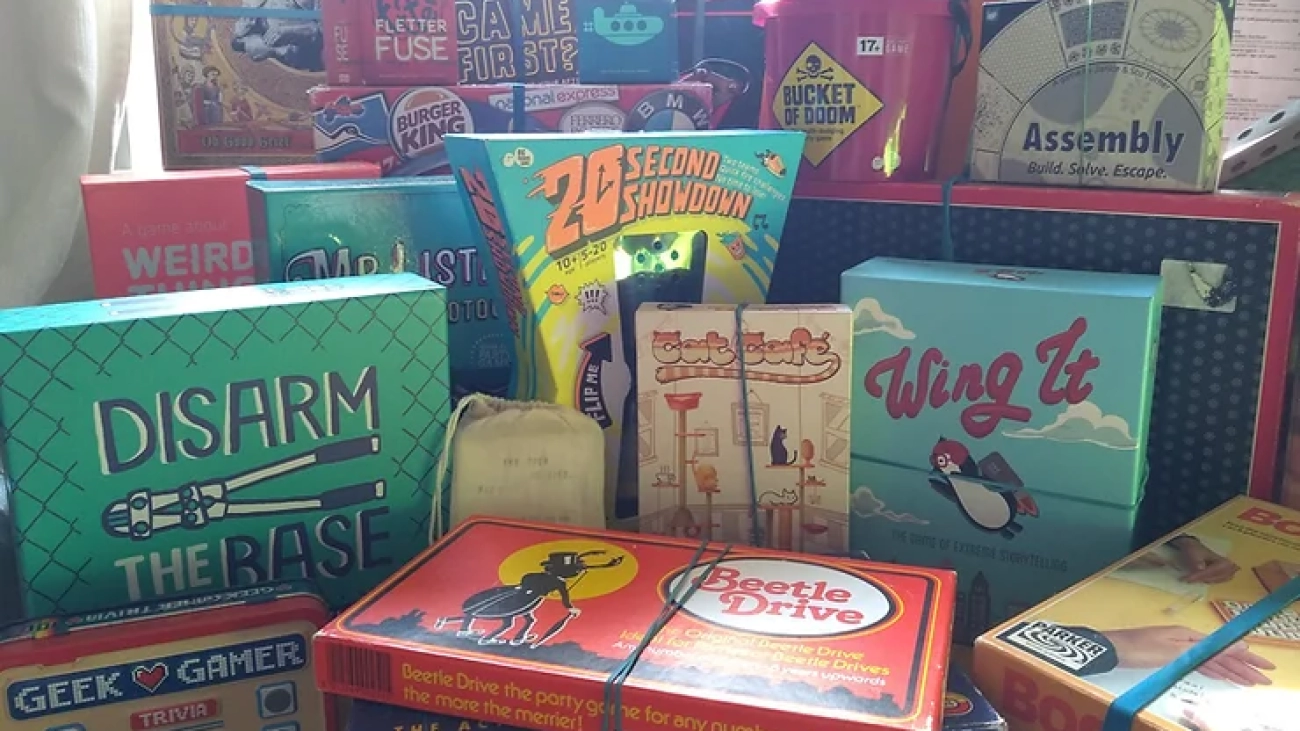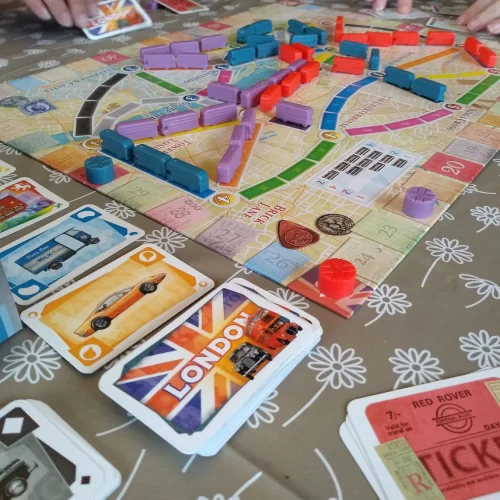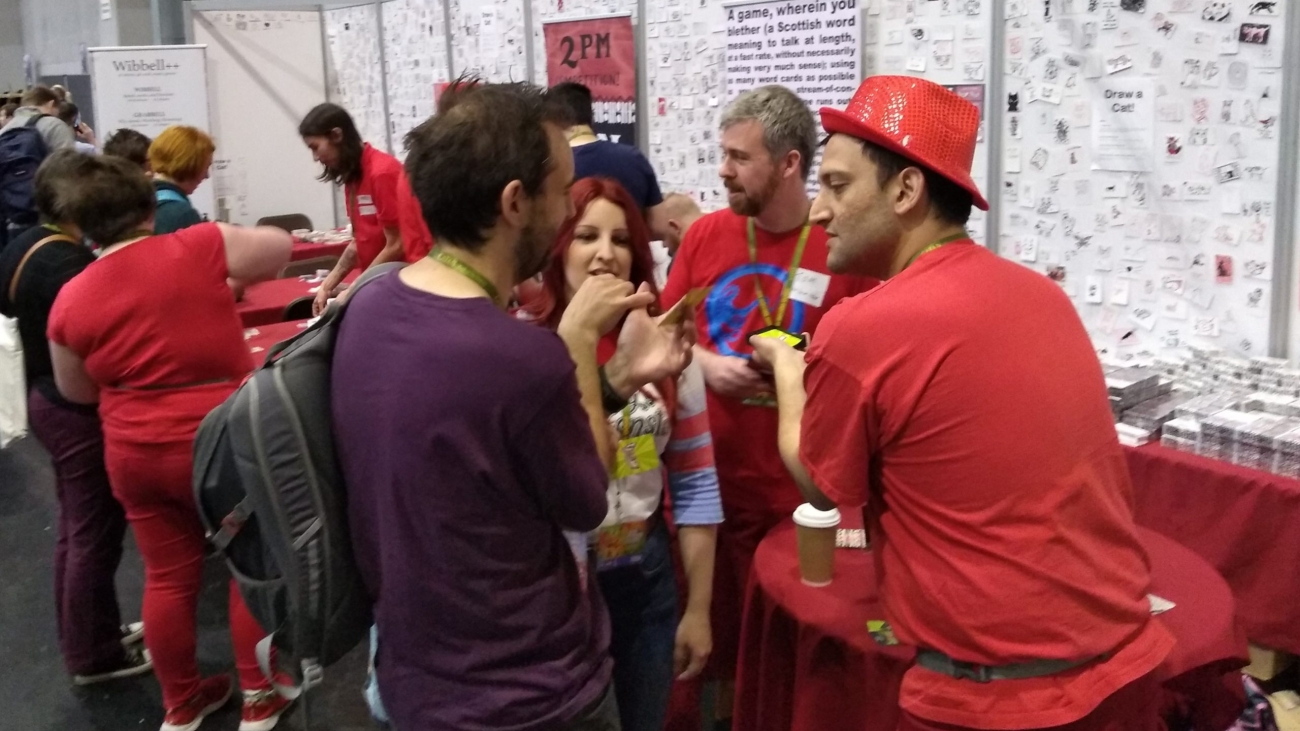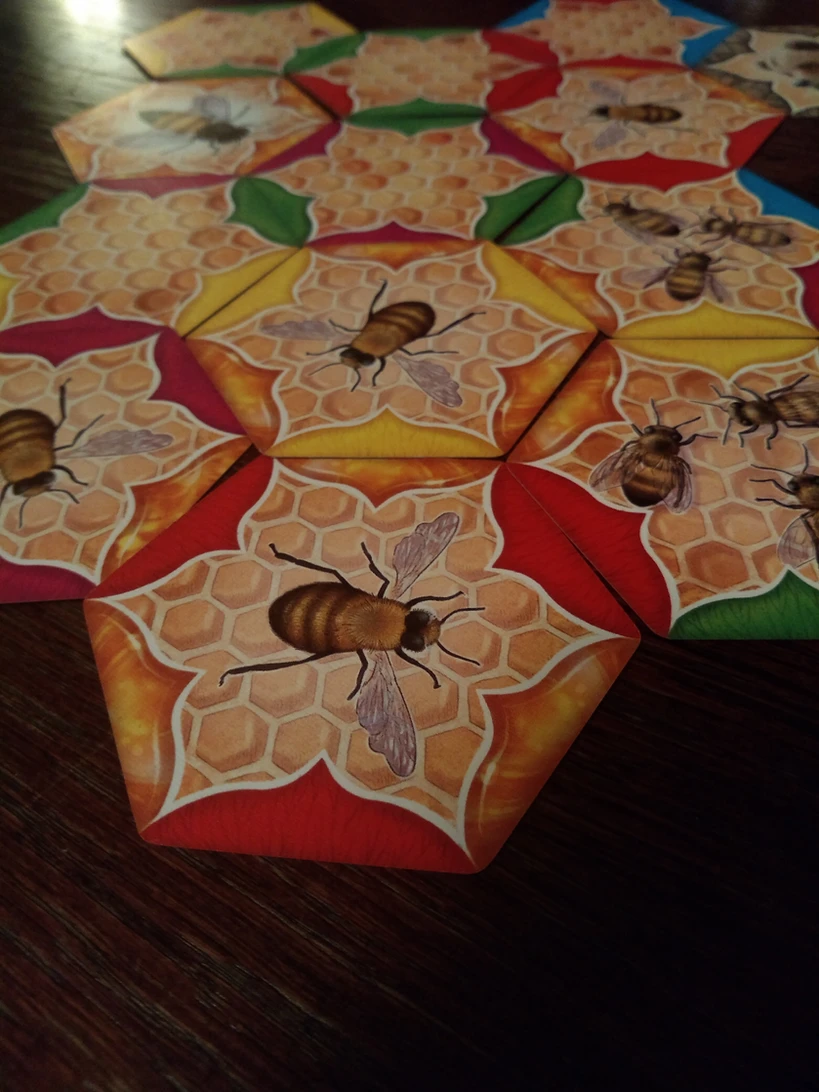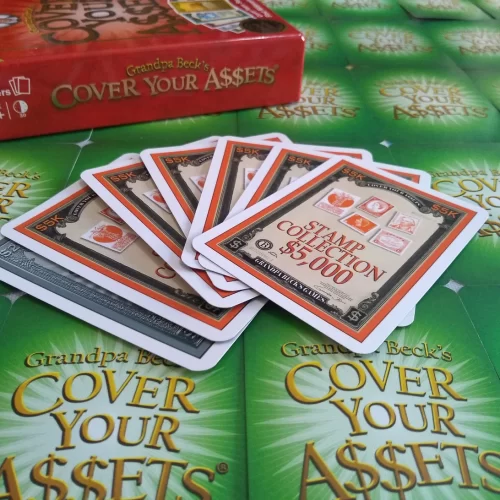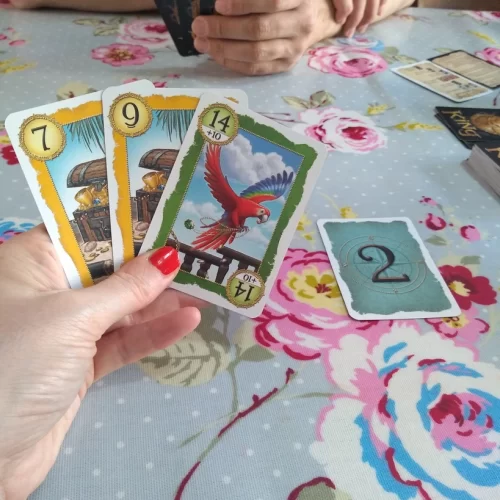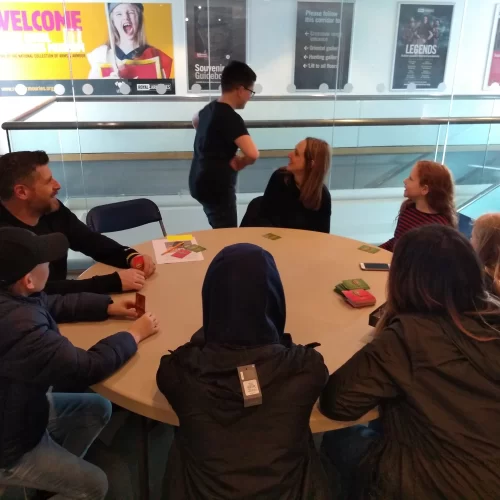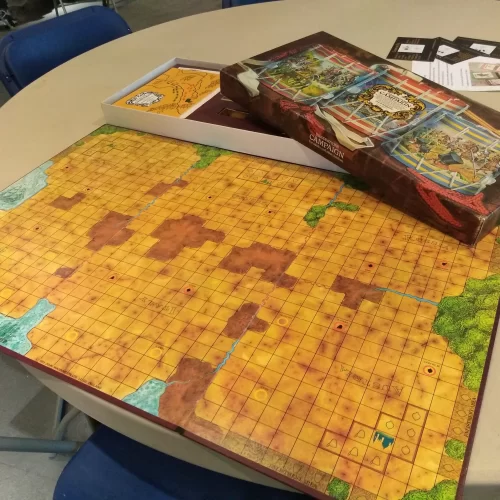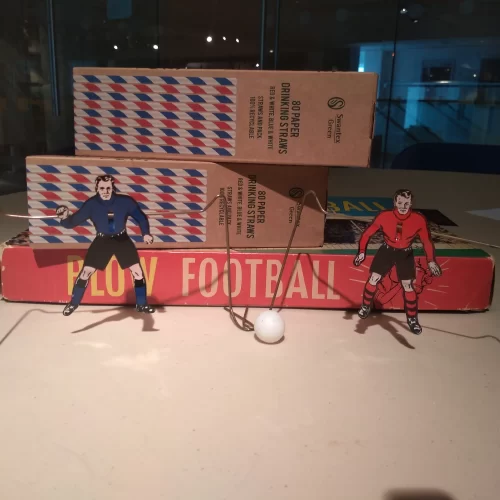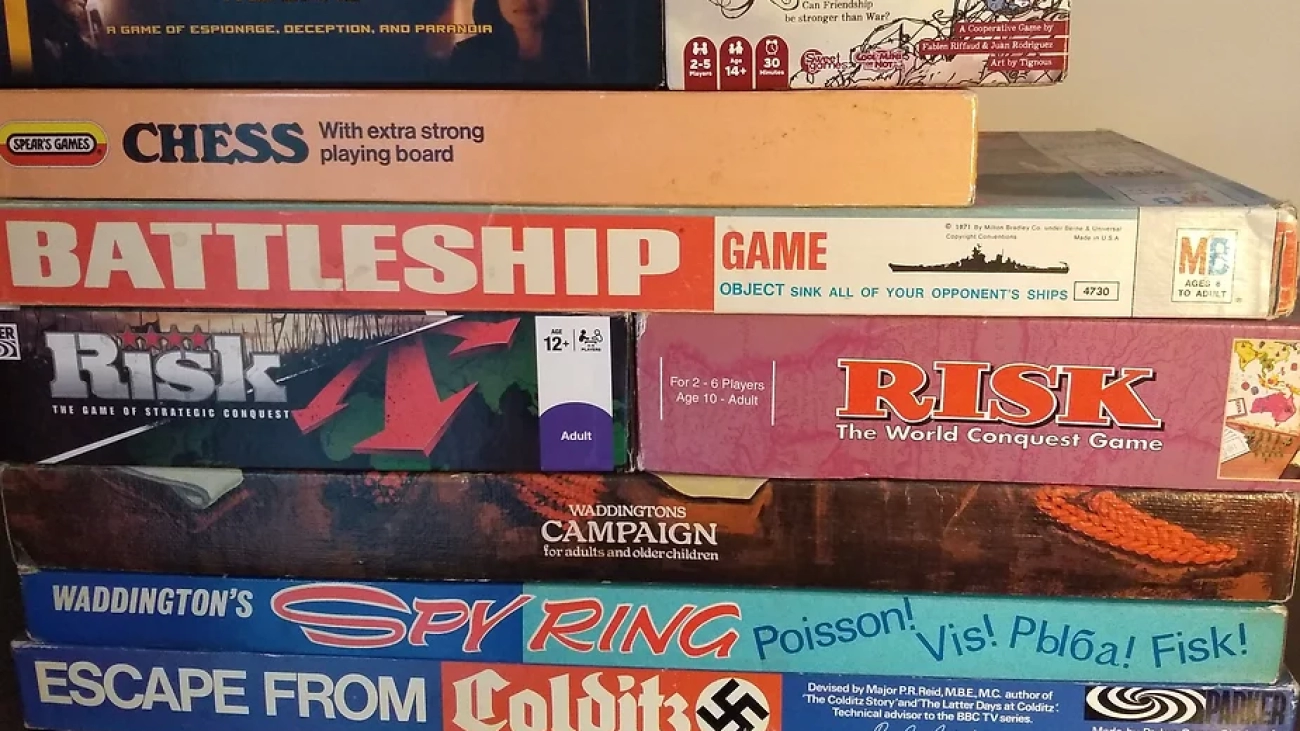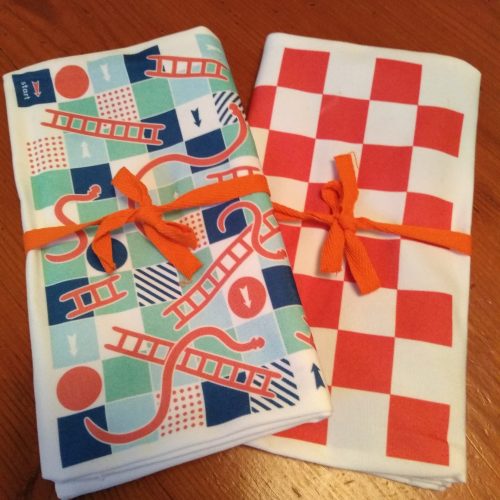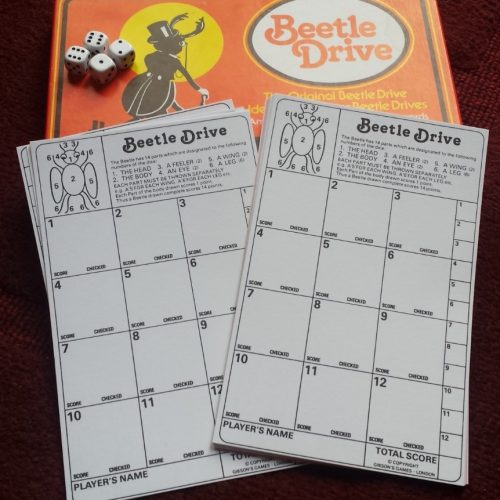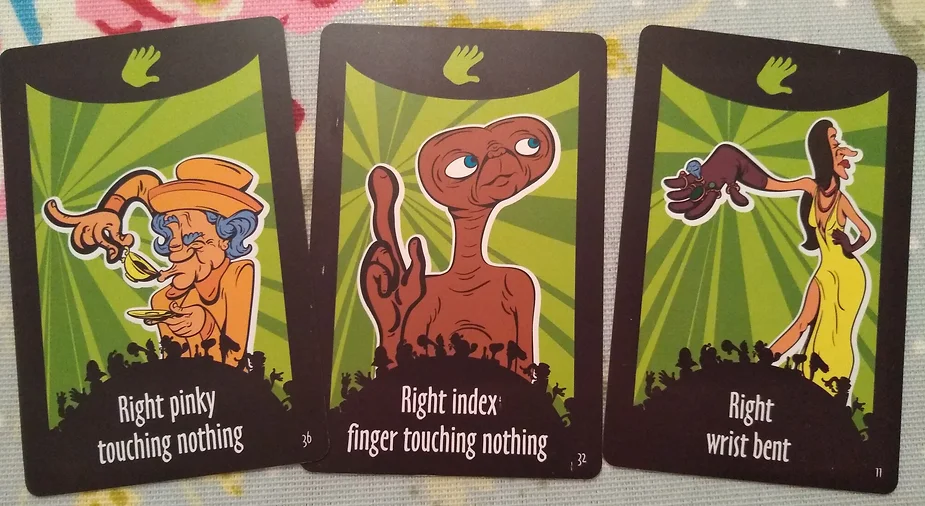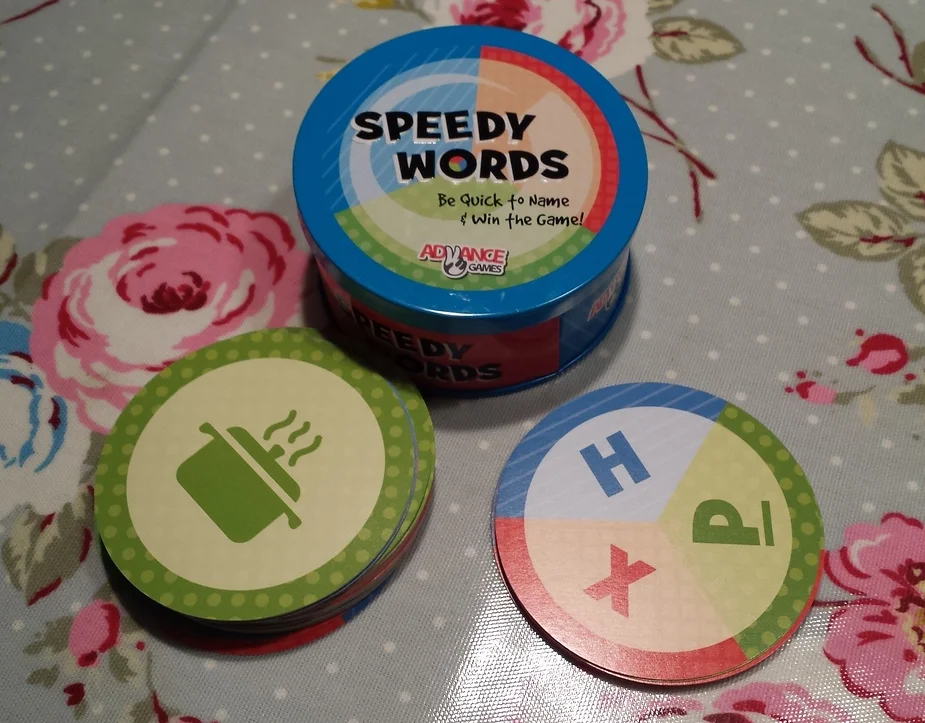Playing cards have been around for centuries and were certainly in both sets of trenches, on all sides of the wars, in homes and in kit bags. By carrying a deck of cards you are carrying an endless selection of games: games of skill, strategy, bluff, luck, push your luck – all the key game mechanics are here. Many of those classic games are still played today – Rummy, Whist, Pontoon, Old Maid, Bridge, Cribbage … the list is endless. Even simple childhood games like snap and Happy Families or Go Fish provide the basis for some great modern card games. Dobble, Twin It, Anomia, Who Did It? all use Snap as their basic premise.
As well as providing a pastime in the trenches, cards provided opportunities for propoganda – the Germans produced decks which depicted German heroes or caricatures of the enemy. Decks of cards were also used to educate – some decks were used to teach basic French vocabulary, while others showed the colours of the allies to help with recognition. Of course just as we do now, people would come together over the games – sharing their experiences and memories, teaching their favourites from home. At a time of shortages cards were the perfect game – cheap to produce and most households would have a couple of old packs of cards they could hand down to bored children.
Word Games like Lexicon from 1932 and Kan-U-Go also from the 1930s remained popular for years. I remember Kan-U-Go from our caravan holidays as a child (and I’m not *that* old). Later this penchant for word games led to the development of scrabble.


